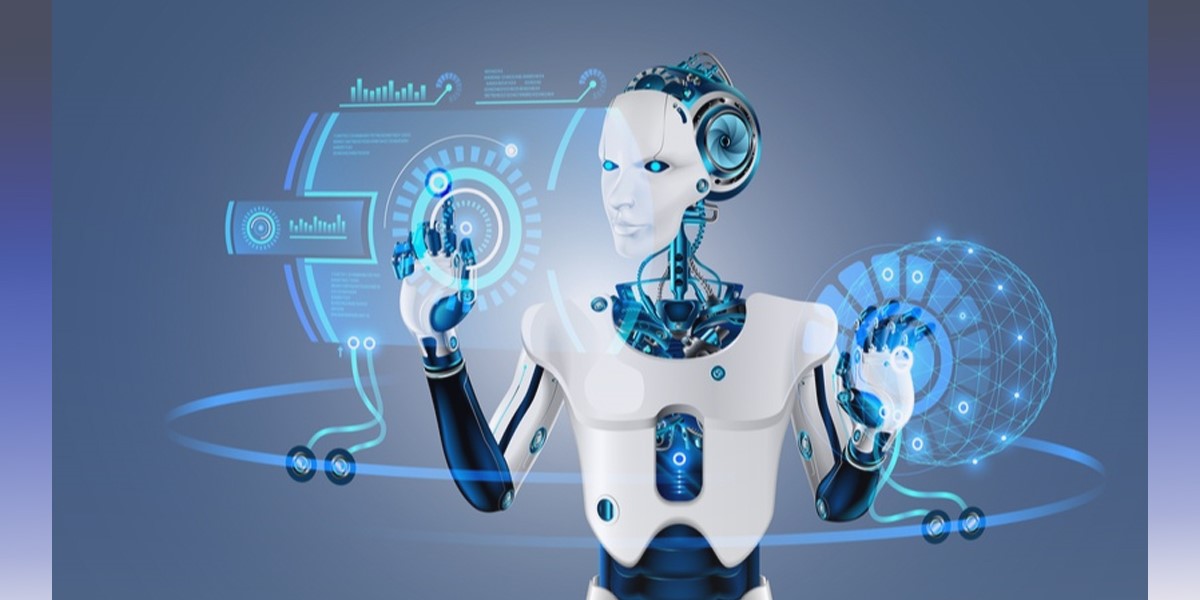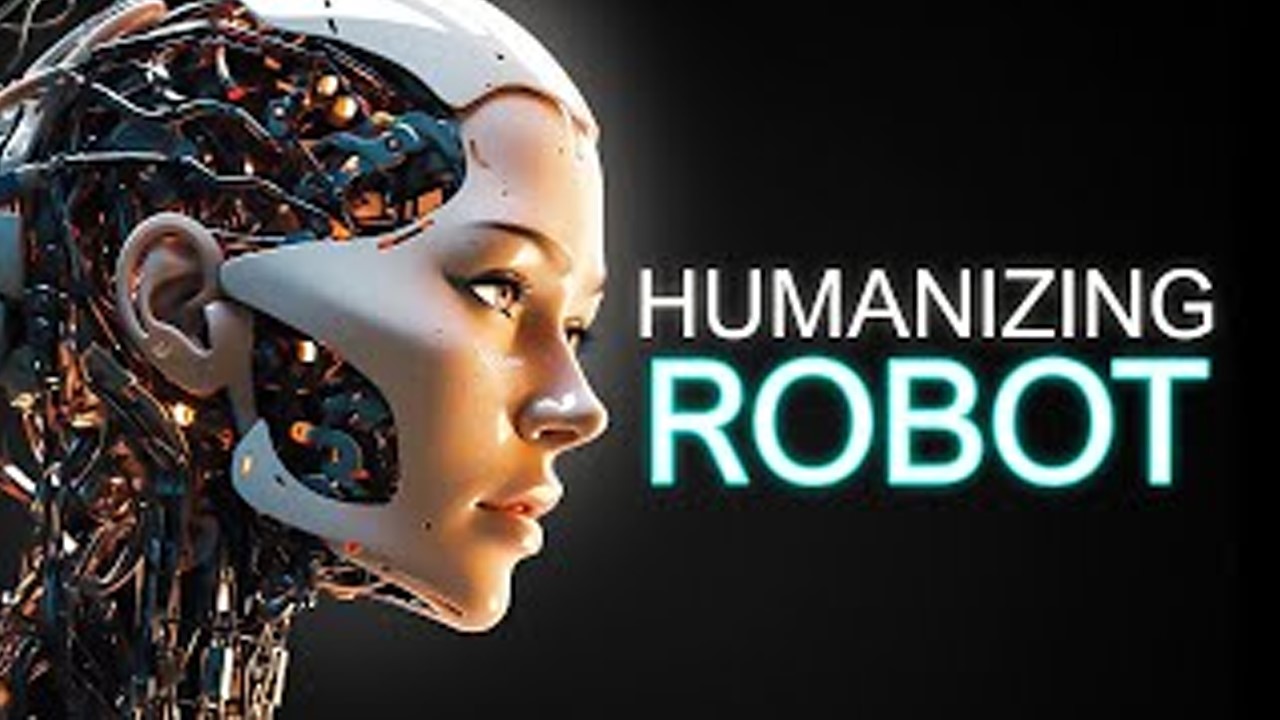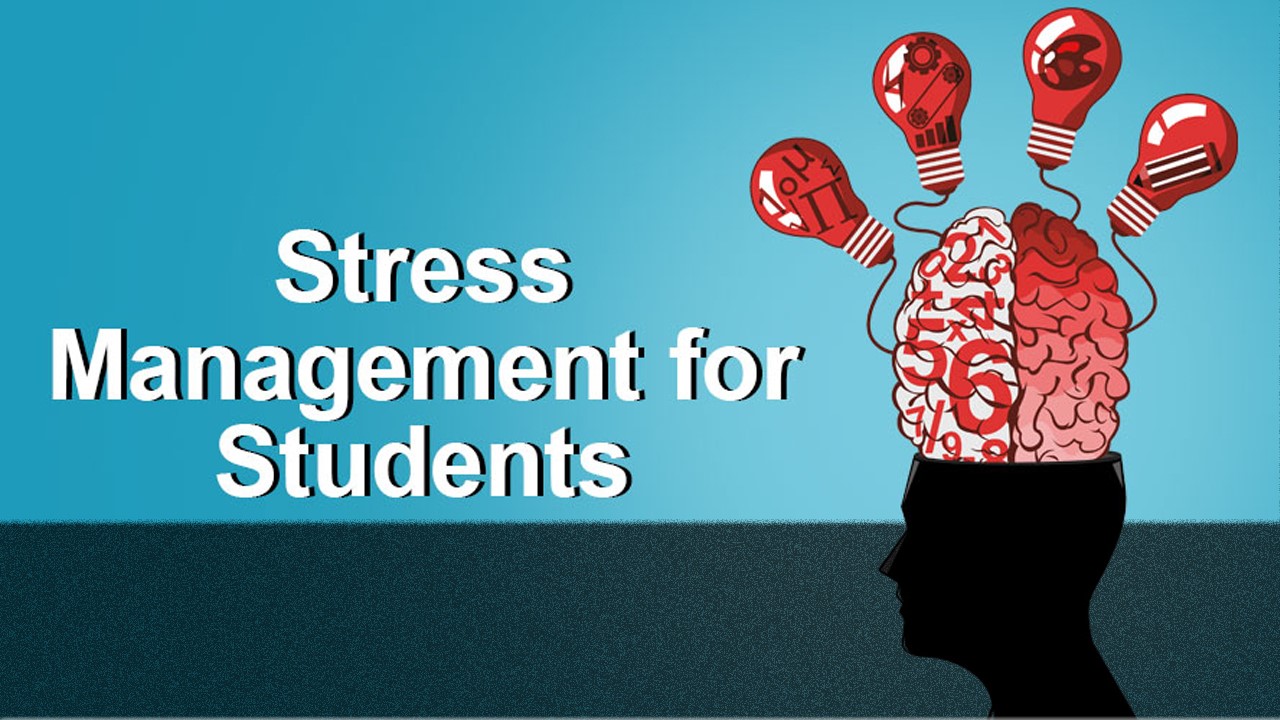Rise of Robotics in Education
Transforming Learning in the Digital Age
Rise of Robotics in Education In the ever-evolving landscape of technology, one field that has been making remarkable strides is robotics. From factories to our everyday lives, robotics has permeated virtually every sector, revolutionizing the way we live, work, and learn. In this article, we will explore the fascinating world of robotics, its influence on education, and the promising future it holds.
Understanding Robotics
A Brief History
The roots of robotics can be traced back to ancient times when inventors and thinkers dreamed of creating mechanical beings. However, the modern era of robotics began in the 20th century. The term “robot” was coined by Czech playwright Karel Čapek in his 1920 play “R.U.R.” (Rossum’s Universal Robots). It wasn’t until the mid-20th century that actual robots started to emerge.

The first industrial robot, the Unimate, was introduced in 1961 by George Devol and Joseph Engel Berger. It marked the beginning of the robotic revolution in manufacturing and industry.
Types of Robots
Today, there is a wide variety of robots, each designed for specific tasks and functions. These include:
Industrial Robots:
Used in manufacturing and production processes, these robots have precision and strength, making them ideal for tasks like welding, painting, and assembly.
1. Service Robots:
These robots assist humans in various roles, such as healthcare, agriculture, and logistics. Examples include robot vacuum cleaners and healthcare robots that aid in surgery.
2. Autonomous Robots:
These robots can operate independently without human intervention. They are used in self-driving cars, drones, and space exploration.
3. Educational Robots:
Specifically designed to enhance learning and education, these robots are the focus of our discussion.
Robotics in Education – Rise of Robotics in Education
The Educational Revolution
The integration of robotics in education is revolutionizing the way students learn and teachers teach. Here are some key ways in which robotics is transforming education:
1. Engagement:
Robotics in the classroom grabs students’ attention and keeps them engaged. Learning through hands-on activities and building robots makes education exciting and memorable.
2. Problem-Solving Skills:
Working with robots’ challenges students to think critically and develop problem-solving skills. They learn to identify issues, troubleshoot, and find solutions.
3. STEM Education:
Robotics is a perfect fit for STEM (Science, Technology, Engineering, and Mathematics) education. It encourages students to explore these subjects in a practical and interactive way.
4. Creativity:
Building and programming robots fosters creativity. Students design their robots, write code, and find innovative solutions to real-world problems.
5. Collaboration:
Robotics projects often require collaboration among students, promoting teamwork and communication skills.
6. Career Preparation:
As the job market evolves, robotics education prepares students for careers in fields like robotics engineering, artificial intelligence, and automation.
Real-World Applications in Education – Rise of Robotics in Education
The applications of robotics in education are diverse and impactful:
1. STEM Clubs and Competitions:
Many schools and organizations host robotics competitions like FIRST Robotics, VEX Robotics, and RoboCup. These events motivate students to learn and compete in a friendly environment.
2. Coding and Programming:
Robotics platforms like LEGO Mindstorms and Arduino teach coding and programming skills from a young age.
3. Special Education:
Robotics can be adapted to suit the needs of students with disabilities, providing inclusive learning opportunities.
4. Online Learning:
With the advent of online learning, robotics can be integrated into virtual classrooms, making education accessible to students worldwide.
5. AI and Machine Learning:
Advanced robotics can introduce students to concepts of artificial intelligence and machine learning, preparing them for future tech-driven careers. Read Article
The Future of Robotics in Education – Rise of Robotics in Education
As technology continues to advance, the future of robotics in education looks promising:
1. Personalized Learning:
Robotics can adapt to individual learning styles and pace, providing personalized educational experiences.
2. Virtual Reality Integration:
Combining robotics with virtual reality can create immersive learning environments.
3. Global Collaboration:
Students from different parts of the world can collaborate on robotics projects, fostering a sense of global citizenship.
4. AI Tutors:
AI-powered robots may serve as virtual tutors, offering instant feedback and assistance.
5. Ethical Considerations:
Educators must address ethical concerns surrounding AI and robotics, teaching students responsible and ethical technology use.
Conclusion
In conclusion, robotics has firmly established itself as a powerful tool in education, reshaping the way students learn and interact with technology. With continued innovation and investment, the future of robotics in education holds the promise of more engaging, personalized, and inclusive learning experiences for students of all ages. As we navigate the digital age, robotics will undoubtedly play a pivotal role in shaping the leaders and innovators of tomorrow.
Remember that this article should be reviewed, edited, and customized to fit your specific website’s style and SEO requirements. Additionally, verify the information and add current developments or statistics, if necessary, as my knowledge is based on information available up to September 2021. Read More





